
Many women choose to have breast reduction surgery to improve their appearance and reduce
their unwanted breast tissue. This procedure can also help them feel better about themselves and reduce their back
pain. Unfortunately, it can also carry some risks and recovery time can take longer. Having scars can make women
feel self-conscious. When they look in the mirror, they tend to focus on their scars instead of their overall
appearance. Fortunately, there are various ways that you can reduce the appearance of these marks.
What are the Most Common Breast Reduction Scars?
The most common type of breast reduction scar that's commonly seen is a lollipop or vertical breast reduction. During this procedure, two small incisions are made in the areola and the bottom portion of the breast crease. The surgeon will then remove excess skin and fat to create a smaller breast. This type of scar is usually less noticeable than the other types because it's made up of only a small portion of the breast. It doesn't appear as if it's on top of your clothes, and it can be covered with a bathing suit.
What Will the Scarring Look Like?
When a scar is made following a breast reduction procedure, it looks like a raised line on top of your skin. As the scar tissue begins to heal, it will gradually turn red or pink. It can take several months for the scar to completely disappear. If you have darker skin, you might be at risk for hyperpigmentation or thick raised scars that look like keloids. Although incisions made in the breast crease are usually visible, they can't be seen in a bra or a bikini top. Because of their location, breast reduction scars are not visible in a bra line or a bikini top. The appearance of these scars can vary depending on the patient's condition and the technique used.
Although there will be some scar tissue following breast reduction surgery, most of it will heal in the first year. This is because the recovery period following the procedure is shorter than that of other procedures. In most cases, the incisions will continue to heal after three months.
Are Breast Reduction Scars Permanent?
Although a breast reduction procedure can cause some scar tissue to appear, it does not completely remove it. It can be gradually reduced in color and become softer over time. You can expect to start seeing less of your scars after a couple of months, provided you follow a good wound care program. Over time, breast reduction scars can become more noticeable due to various factors such as exposure to ultraviolet radiation, improper use of over-the-counter scar removal products, and excessive scrubbing. Doing so without consulting a doctor can cause them to get worse.

How Can I Minimize Breast Reduction Scars?
Follow your surgeon's instructions and follow the recommendations of your doctor for post-care. He or she can also help you find the best scar reduction technique and guide you through the next steps. You can also keep wearing surgical bra and chest bandages for the first few days after the procedure. Your doctor will also give you advice on how to take care of your skin.
- Scar massage
- Silicone sheets or scar gels
- Embrace dressings
- Fractionated lasers
- Sunscreen
A scar massage is a gentle technique that involves lifting and gently stroking the scar using your fingertips. It can help increase the collagen production and flexibility of the tissue, and it can also decrease the appearance of scar tissue. It's recommended that you start taking part in this procedure about two weeks after the procedure.
One of the most effective over-the-counter (OTC) solutions for reducing scars is silicone sheets. These are bandages that have been filled with silicone, which can help improve the appearance of the scar tissue and reduce itch and pain. It's also helpful to use these products right after surgery as they can help minimize discomforts.
These products, which are known as embrace dressings, are designed to help pull the outer layers of your skin together and speed up the healing process.
If your scars are still not completely gone, a fractionated laser may be an option for you. This type of treatment uses tiny laser devices to target different areas of the skin. It can help remove both the middle and upper layers of skin. The treated scar can temporarily turn bronze before it can heal. It can be performed up to five times to achieve the desired results. Once the healing process has completed, fractional laser treatments can be used to treat breast reduction scars.
Even if your breast reduction procedure didn't involve exposing yourself to the sun, it's still important to apply sunscreen every day. The ultraviolet rays that come from the sun can cause new scar tissue to appear darker, making them more noticeable.

Other Ways to Treat Your Breast Reduction Scars After Your Procedure
- Before your breast reduction surgery, stop smoking for at least 30 days.
- Stop jumping or running for a while after reduction.
- Sleep on your back, not your breast.
- Buy yourself a supportive bra.
- Go to see your surgeon for examination regularly.
Smoking may delay healing, cause wound breakdown, and enlarge scars. You should not resume smoking after having a breast lift unless your surgeon has approved.
For most women, it's important to refrain from running or jumping for two months following the procedure. Doing so could cause scar tissue to grow due to the repetitive motion. Ask your doctor about other exercises that are designed to tone and improve your body.
If you're a 'stomach sleeper', it's important that you can still rest on your sides or back while you sleep. Doing so could cause scar tissue to grow and widen. Since your body weight resting on the healing breast tissue will gradually affect the scar tissue, it's important to avoid doing so.
If you have breast reduction surgery, make sure that the weight of your reduced breast does not rest on your lower breast skin closure. Support bras that are specially designed for this purpose are available from various surgeons to make your breasts in the right place.
Even though your surgeon's best efforts have resulted in a successful healing process, sometimes, even after your best efforts, healing problems can still occur. These include: Sutures that are longer than the skin, leaving marks, turning lighter, or becoming pink. Scar edges may separate, and areolae may change shape. Although settling more than expected may affect the final result, it can be resolved by minor procedures and medical treatments. Your plastic surgeon in San Diego is well-equipped to handle these issues.
Check out our other bra guides for more popular cup sizes:
● C
Cup Boobs - All You Need to Know About Your C Girls
● C Cup Boobs - How Can You Get Them?
● D Cup Boobs - Do
You Know About Them?
● E Cup - What's
the Difference among C, D and E?
● F Cup - Understanding This
Amazing Bra Size
● Is
G Cup Big? Let's Talk about It.
Check out our boob memes articles for fun:
● Boob Memes Episode II - This Time
Let's Talk about Pain in the, Emmm, Bra
● 24 Funny Boob Memes That
Makes You Laugh
Check out our more articles about women fashion & health tips:
● Most of You Don't Know About These Tricks to Slim Thigh
● Inspiring
Spring & Summer Fashion Tips for Busty Women
● Differences between
Thongs, Tangas, or G Strings
● C Cup Boobs -
Bras Best for Your Precious C Cup Girls
●
Why do My Bra Straps Fall Down & How to Keep Bra Straps from Slipping


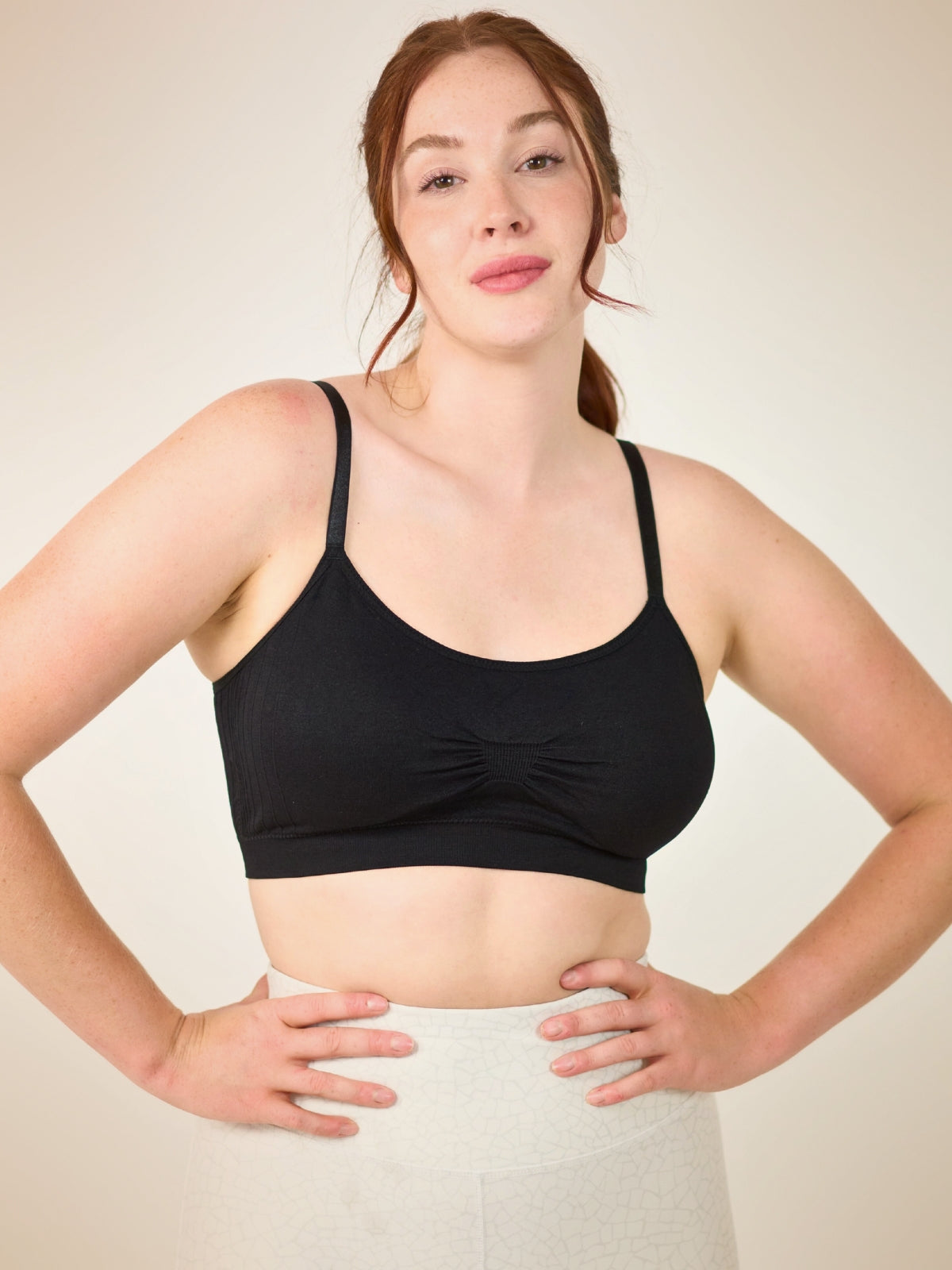
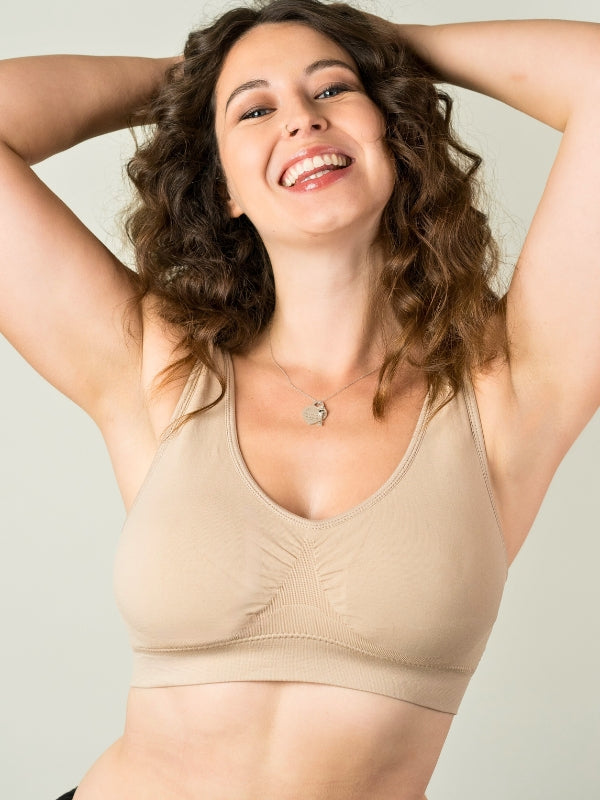
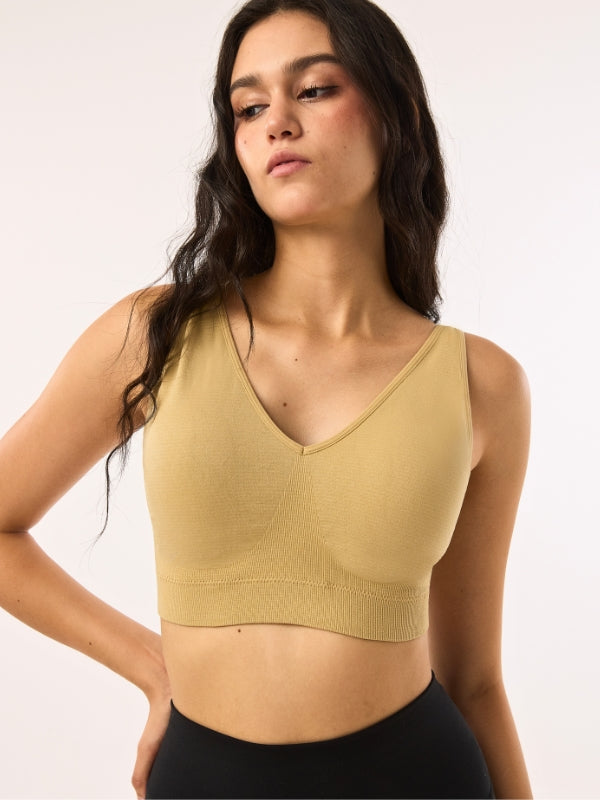
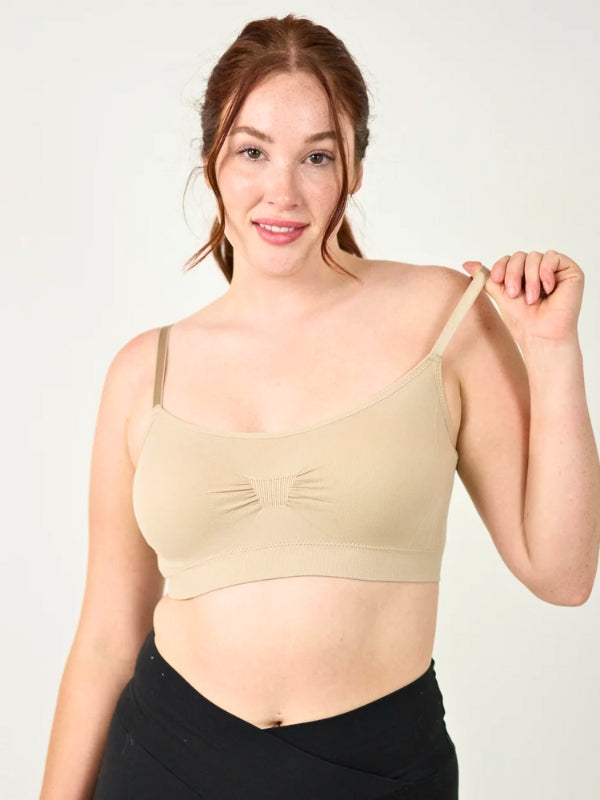

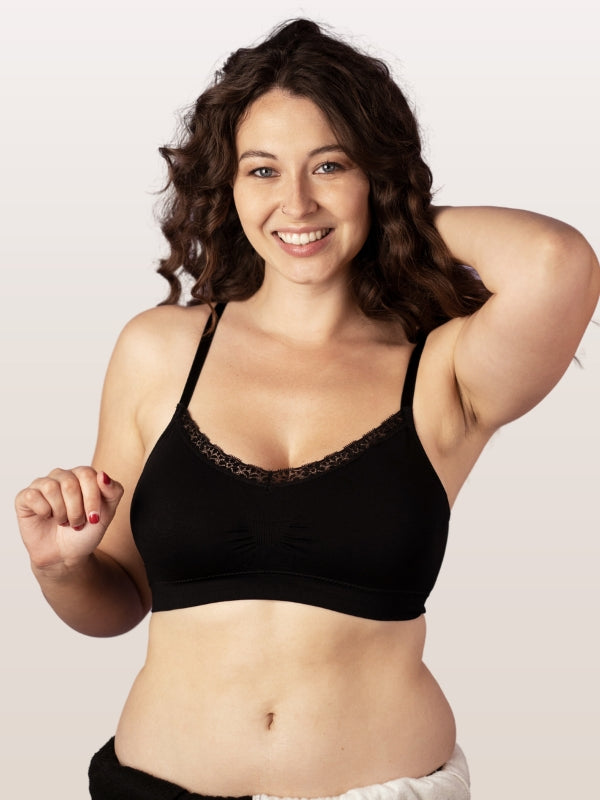

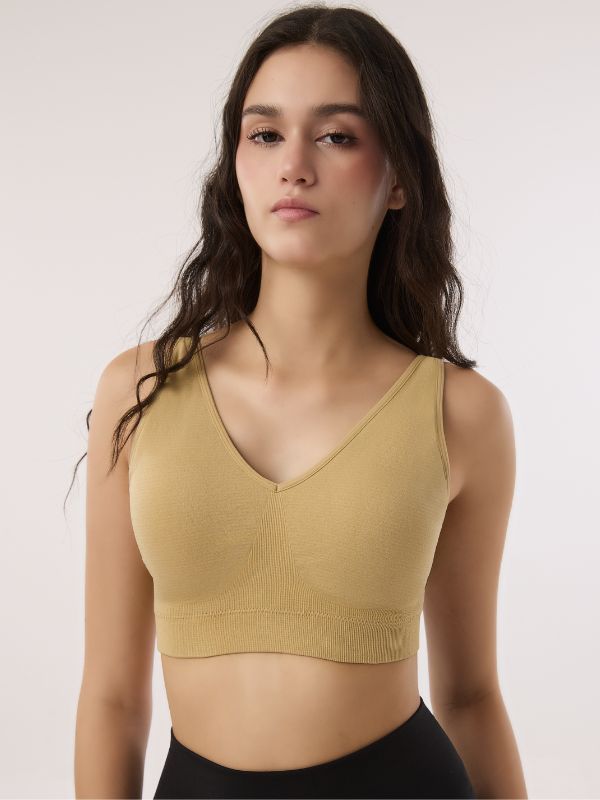


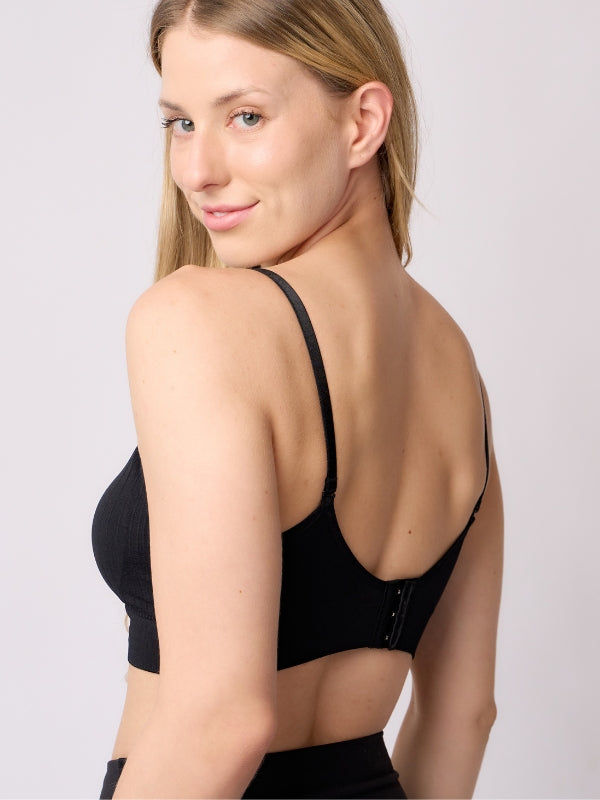
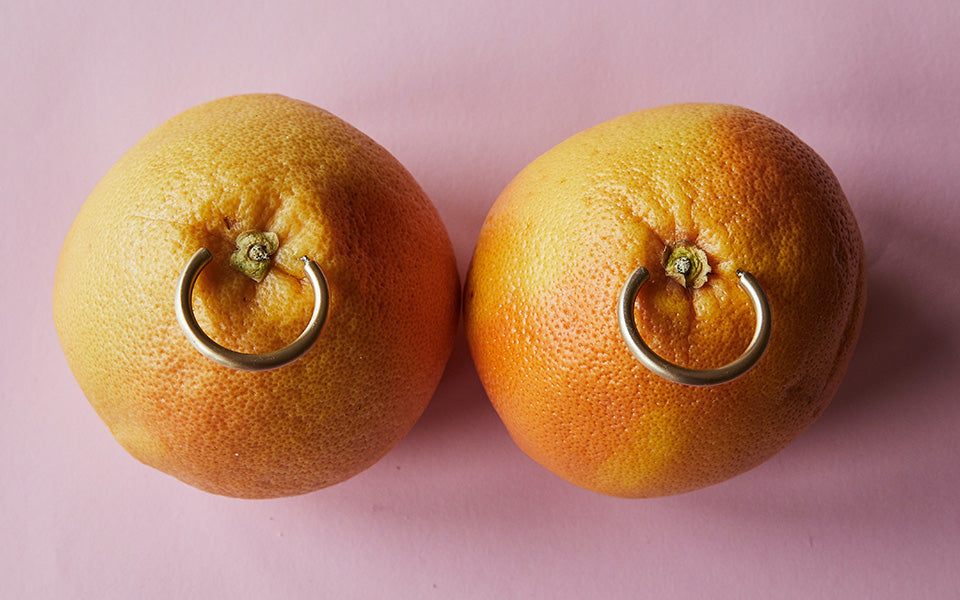




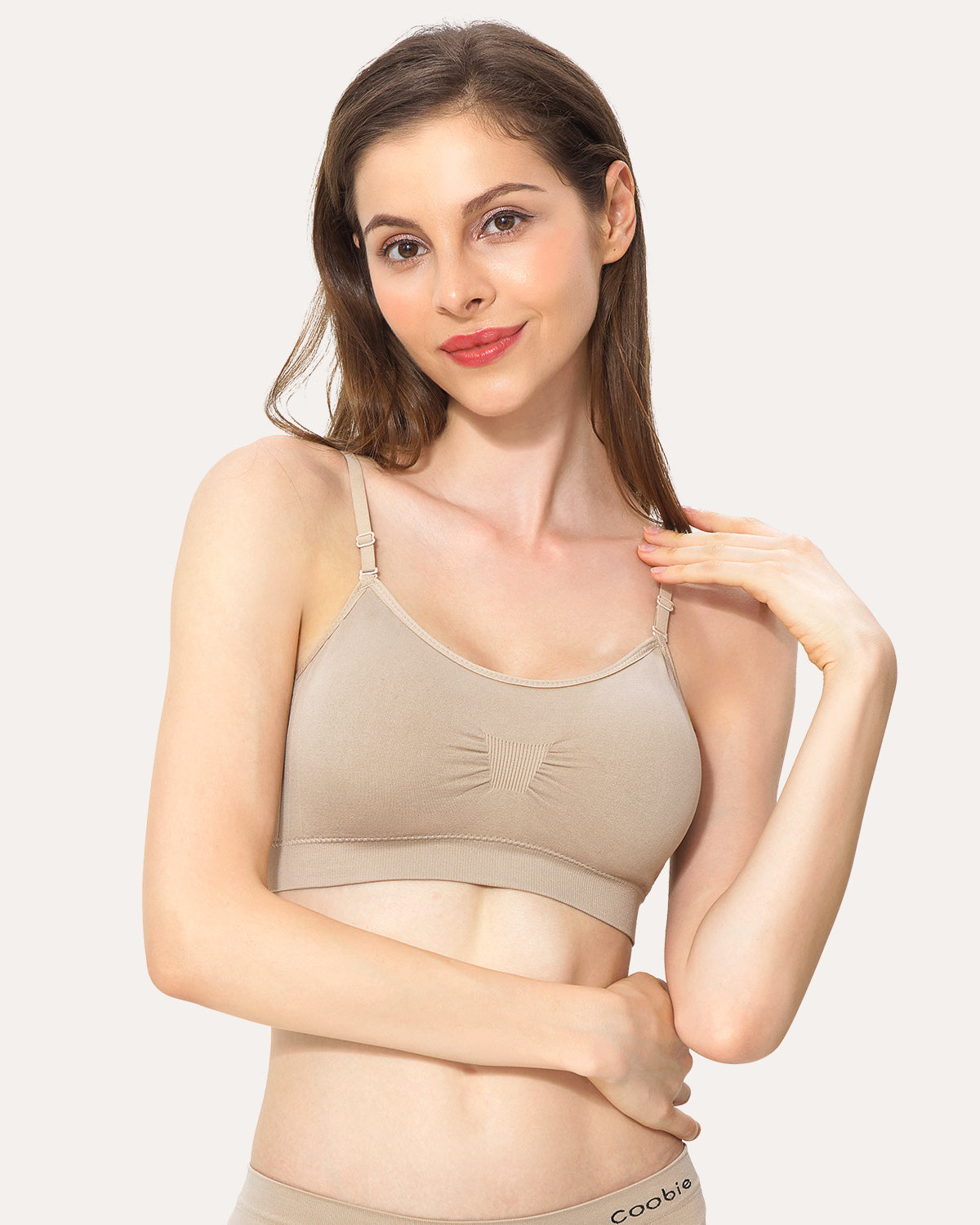

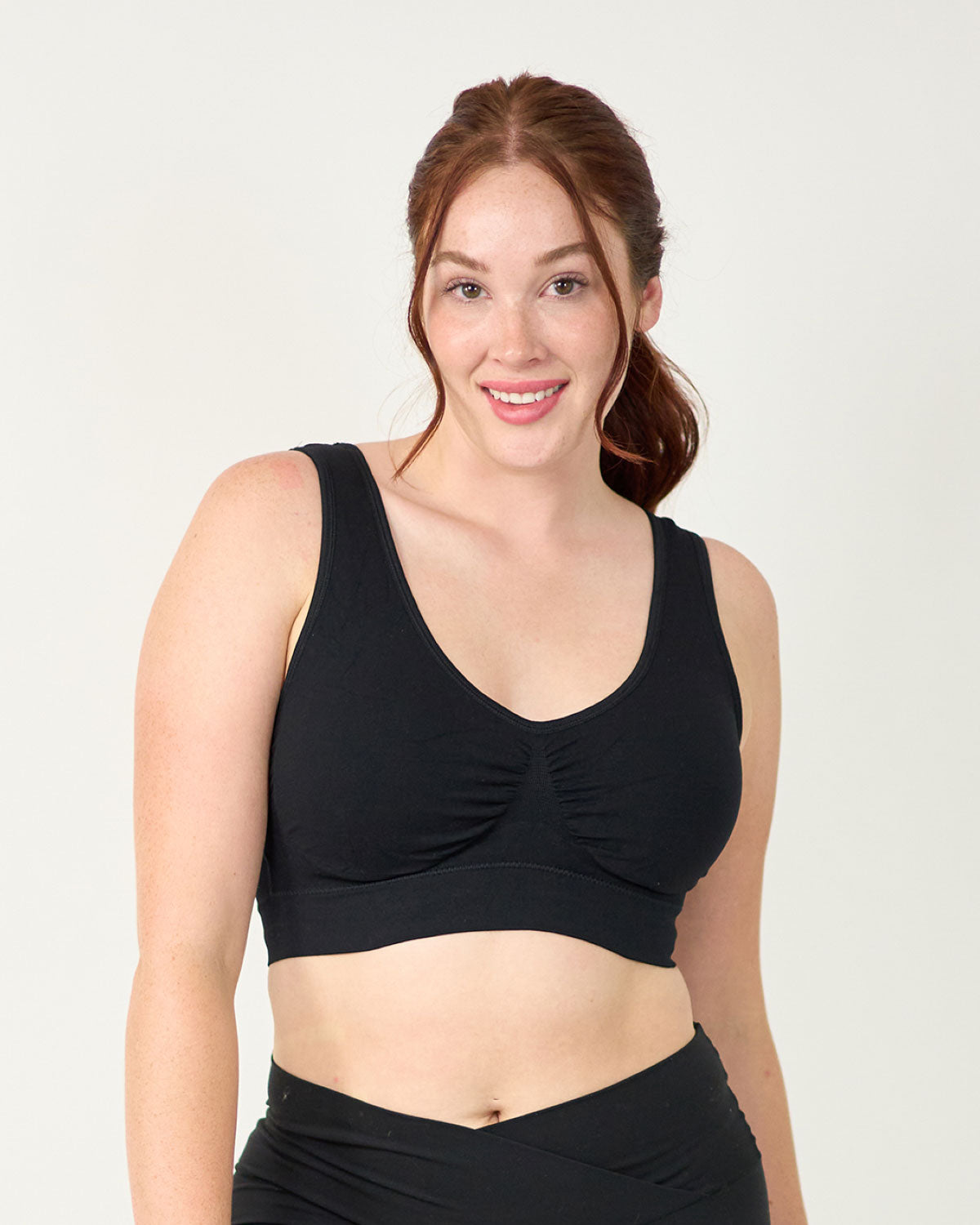
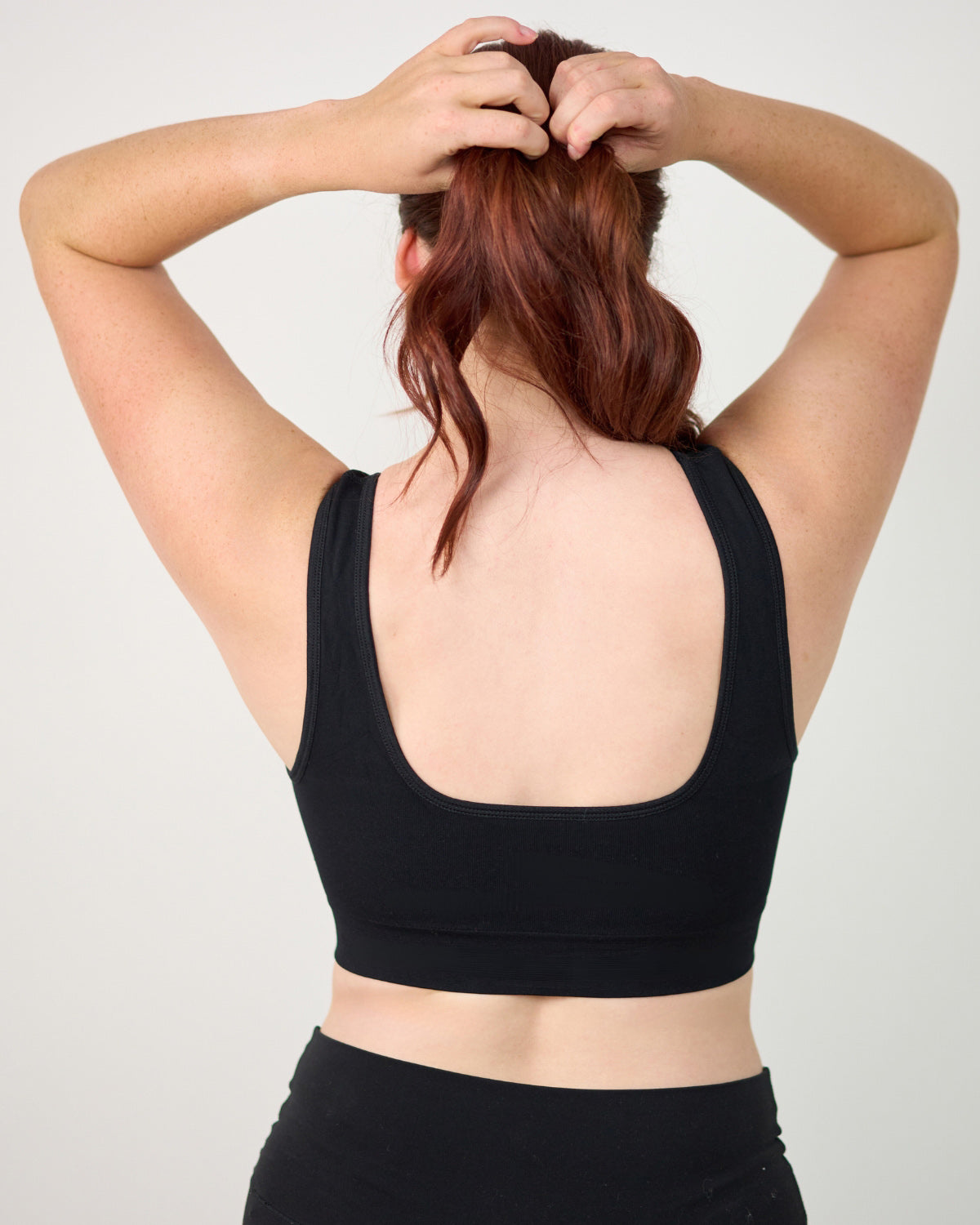
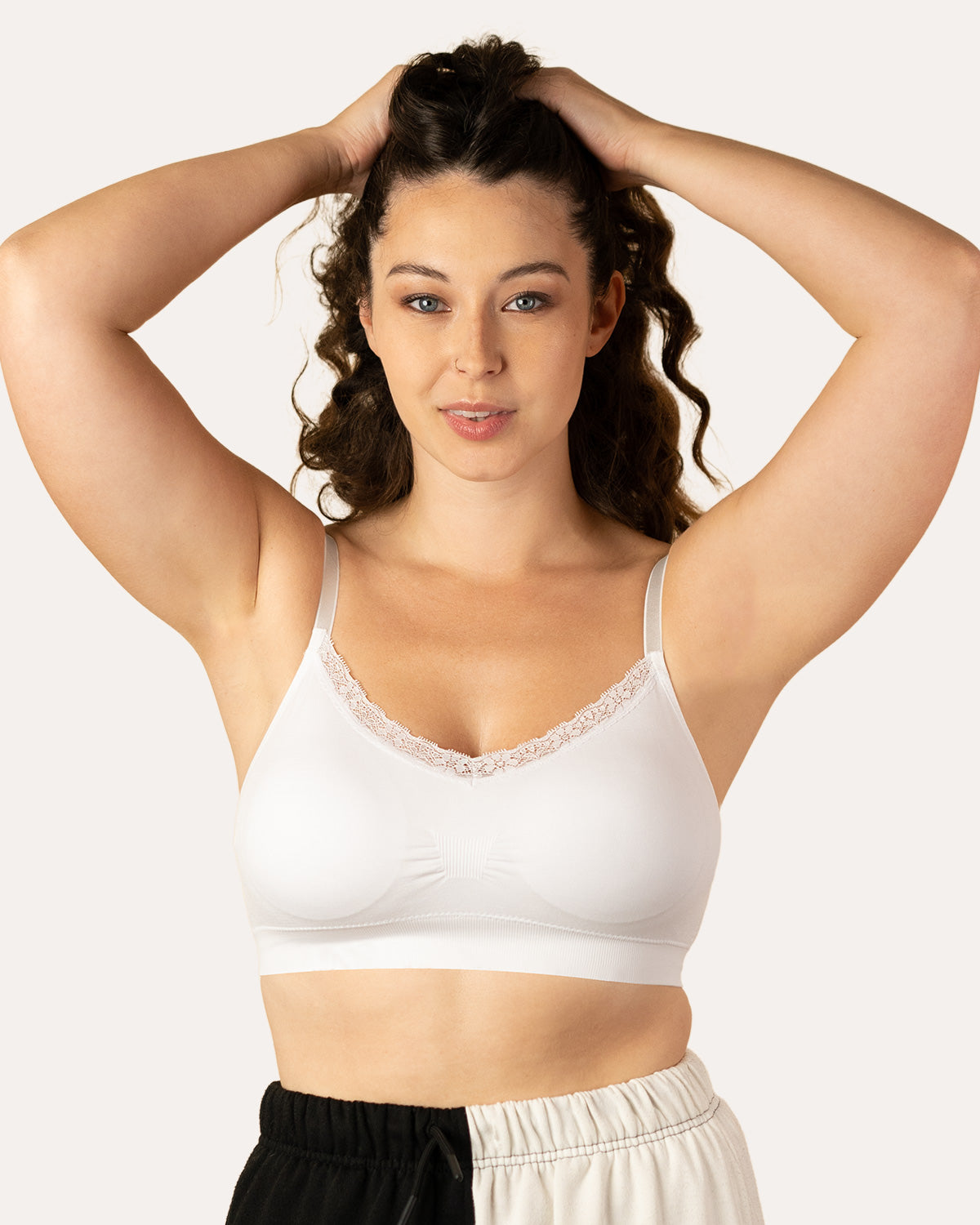
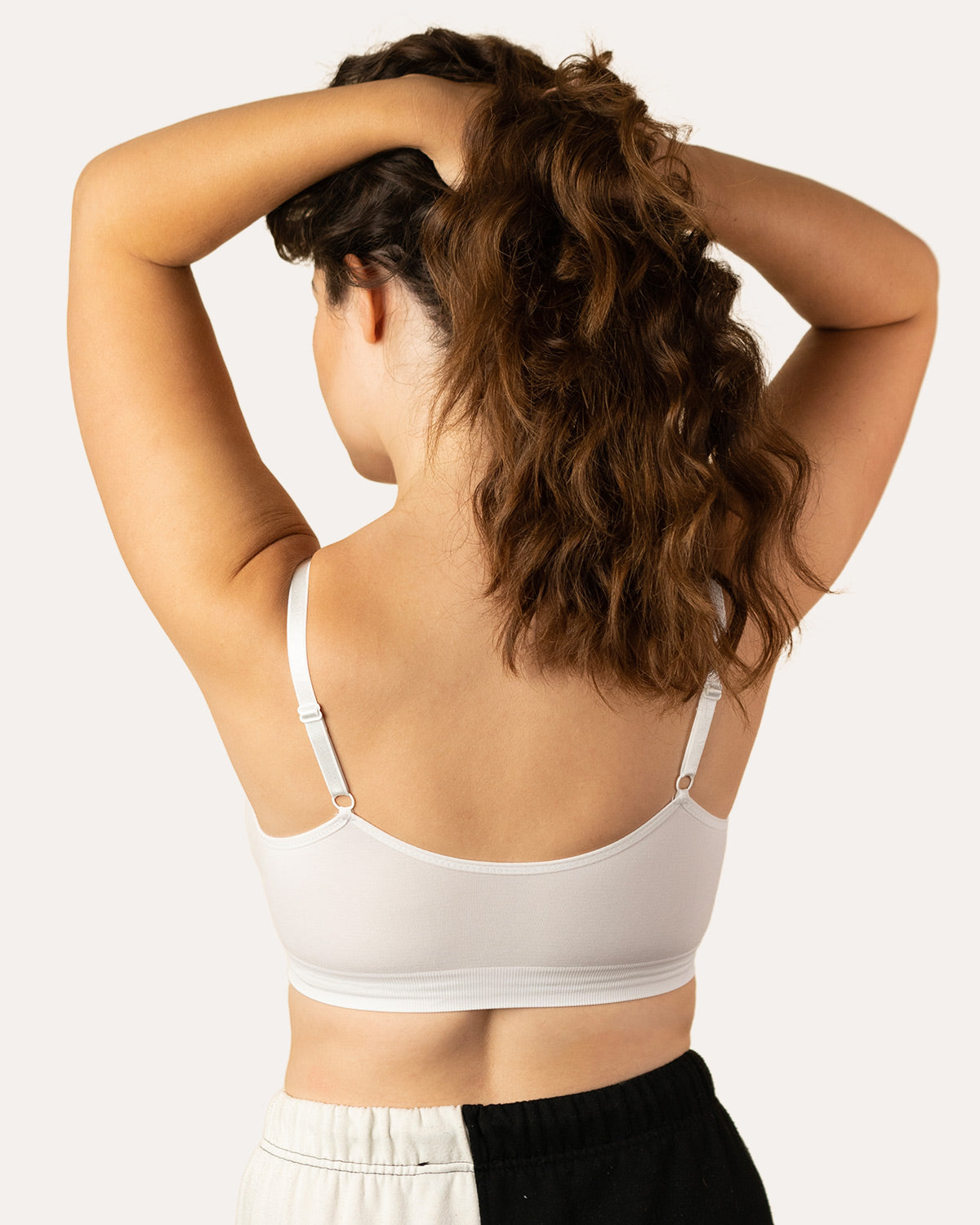
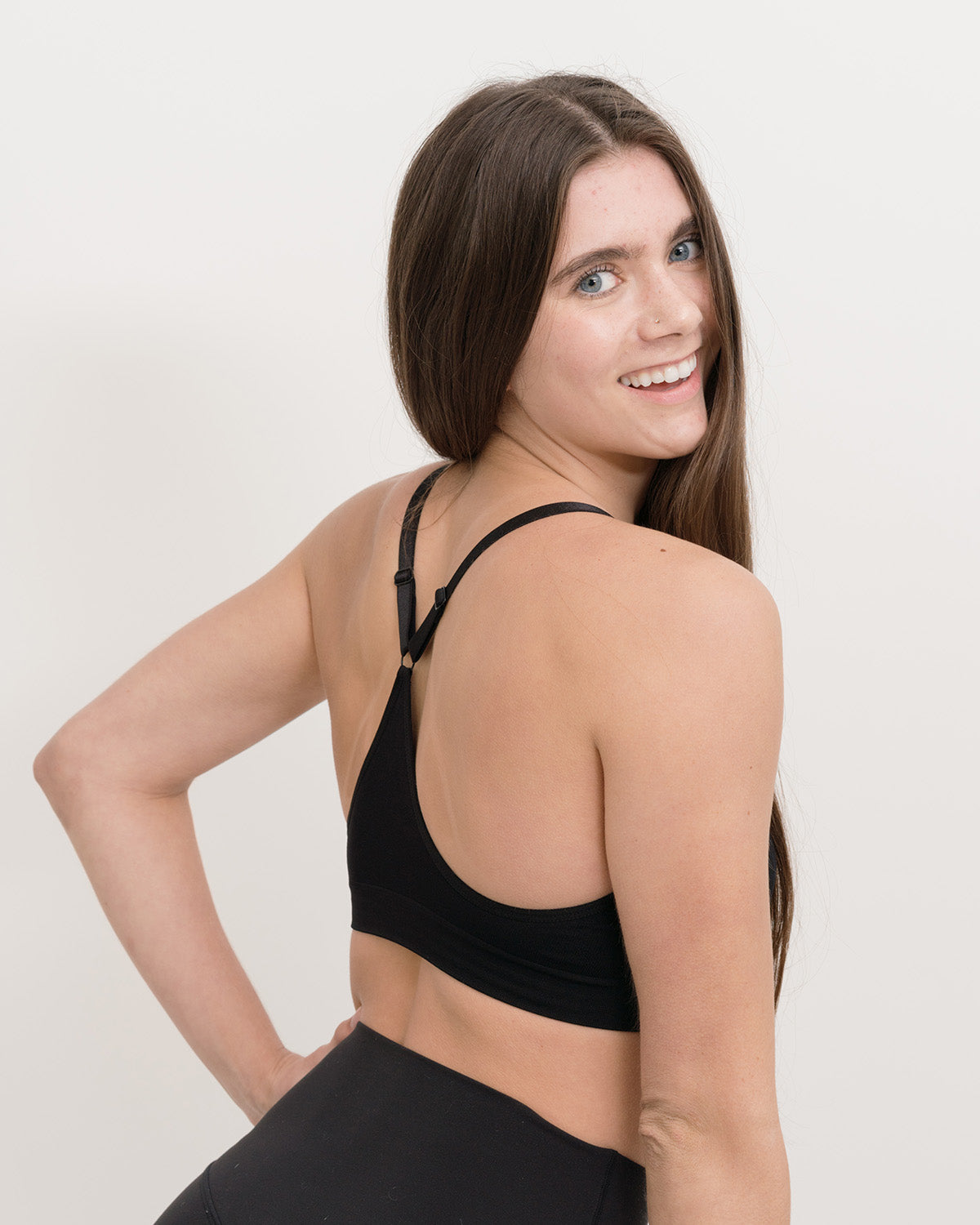
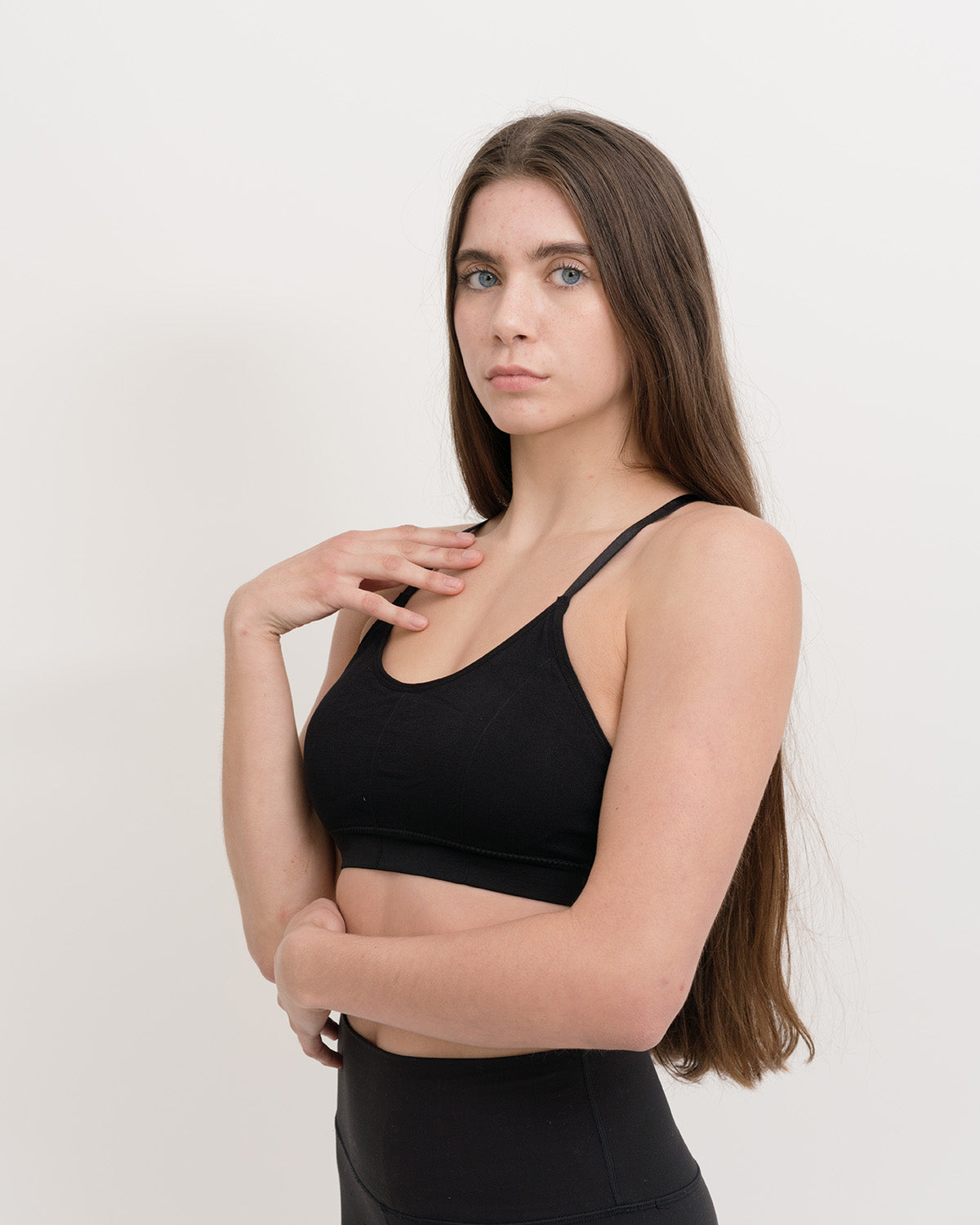
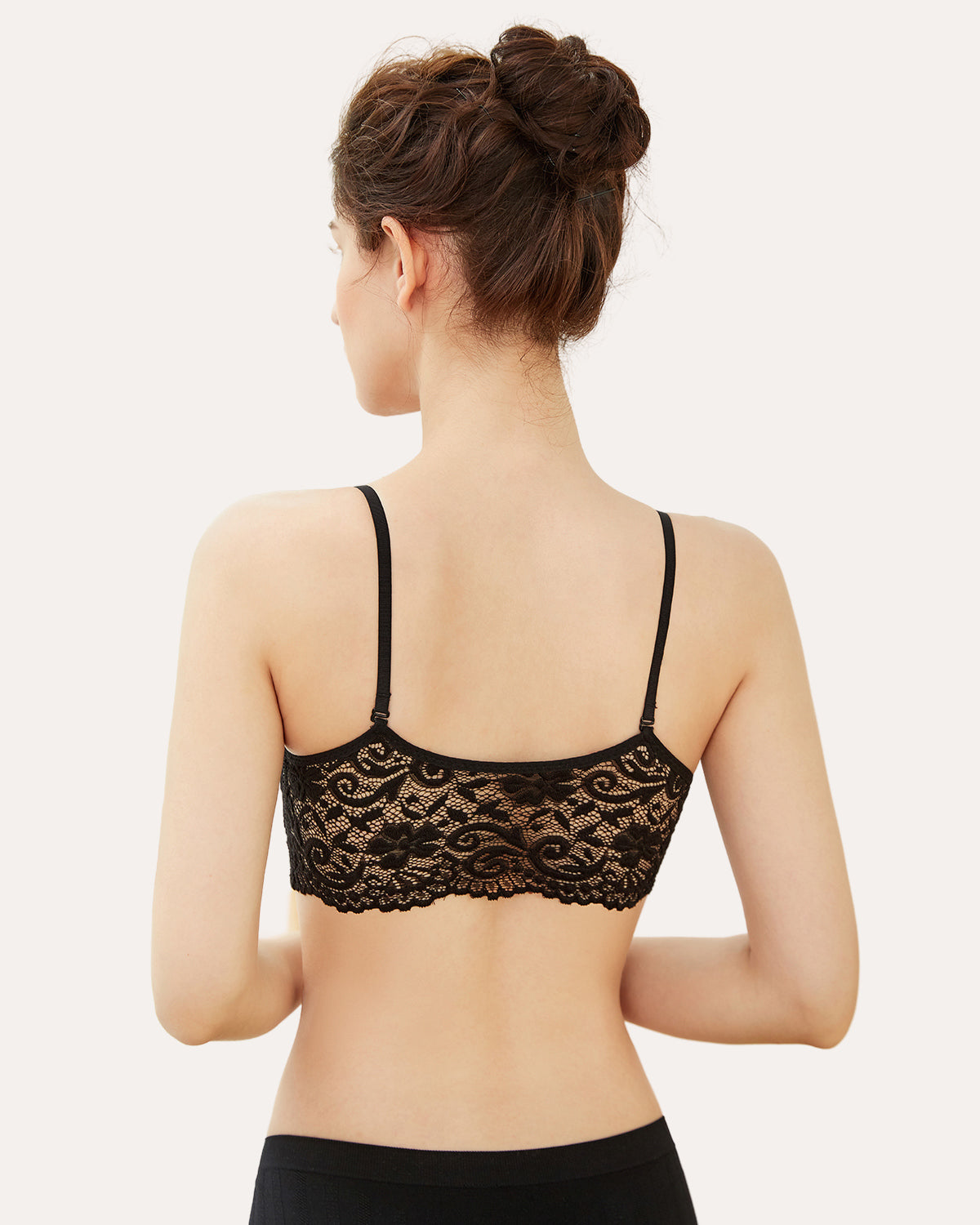
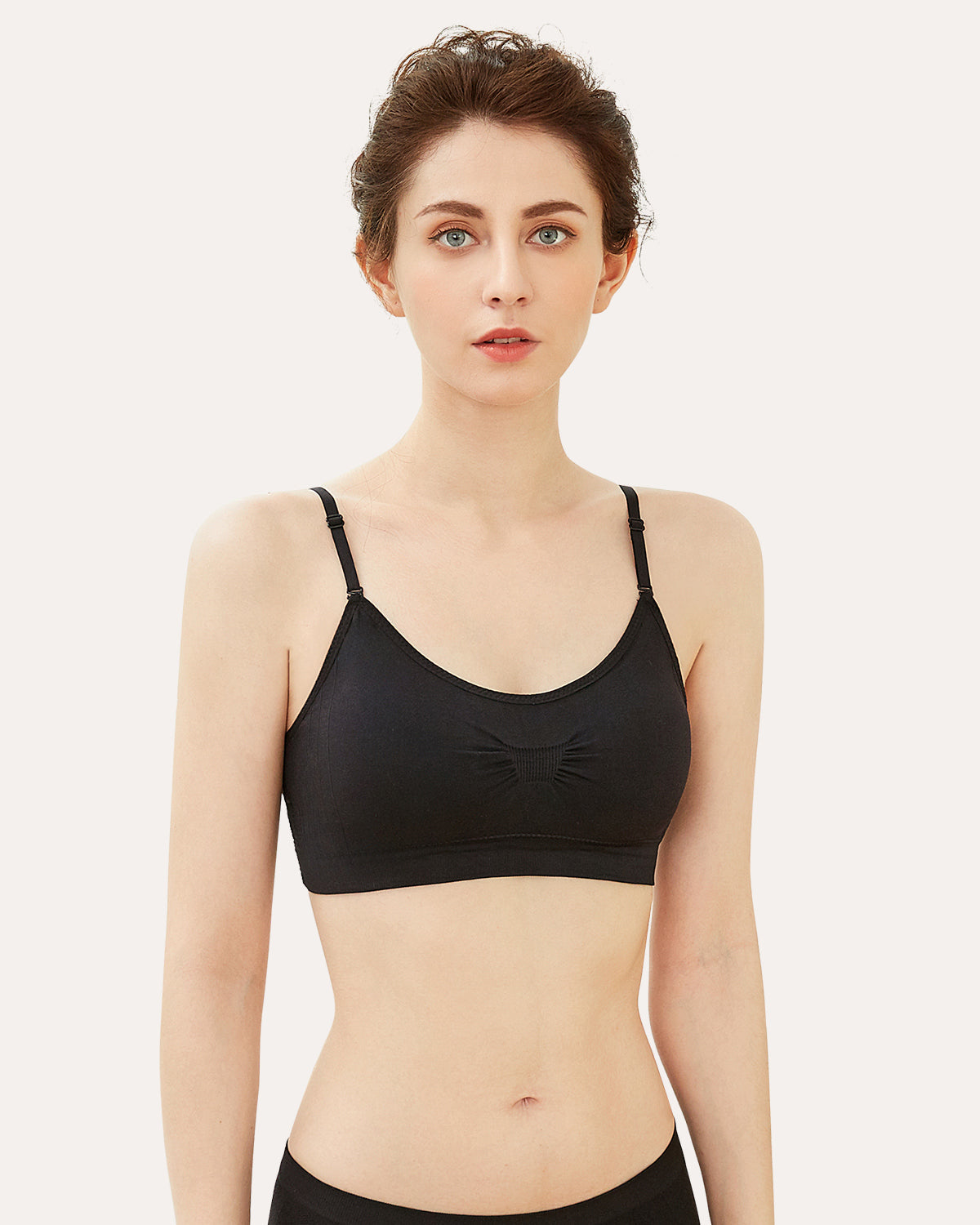
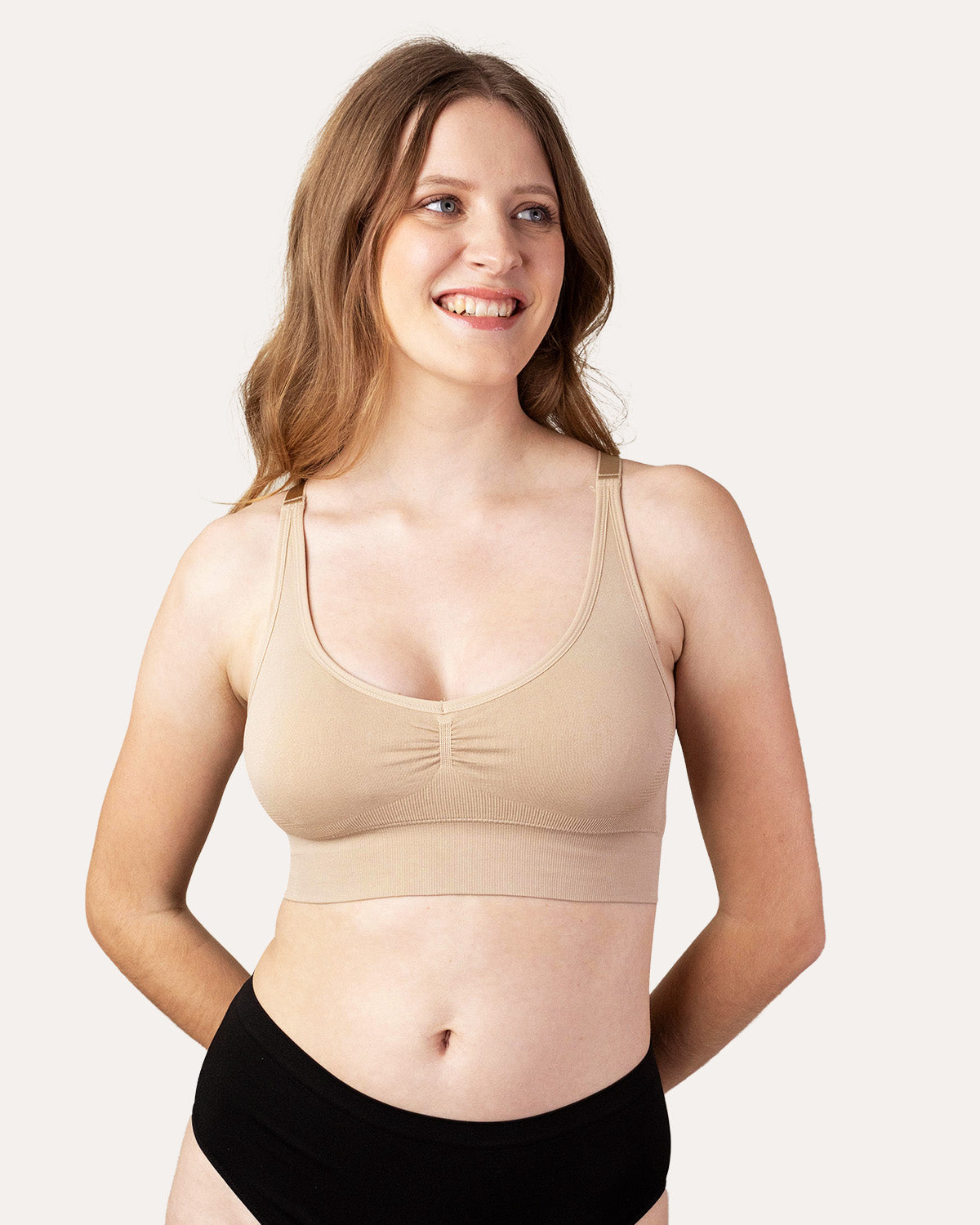
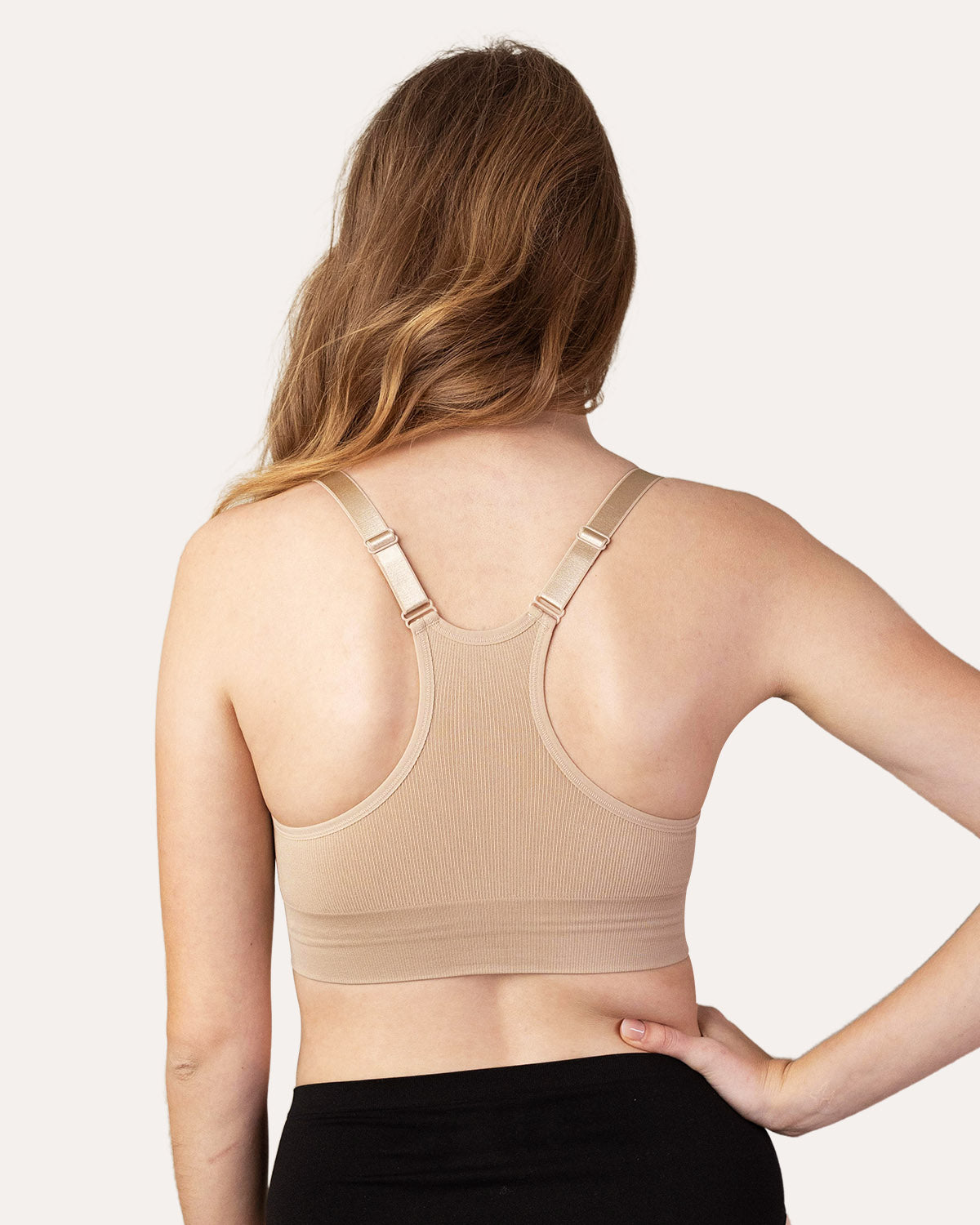
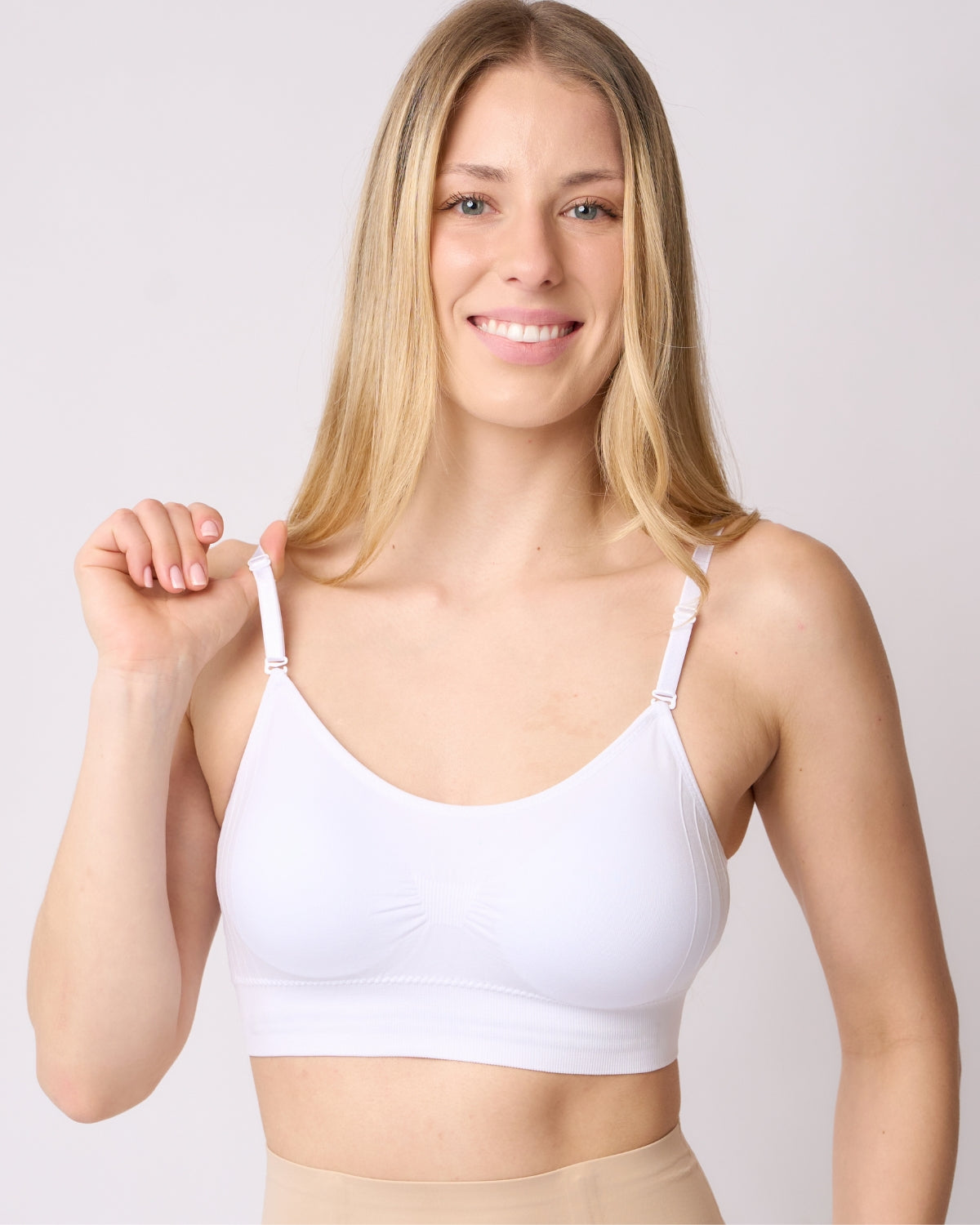
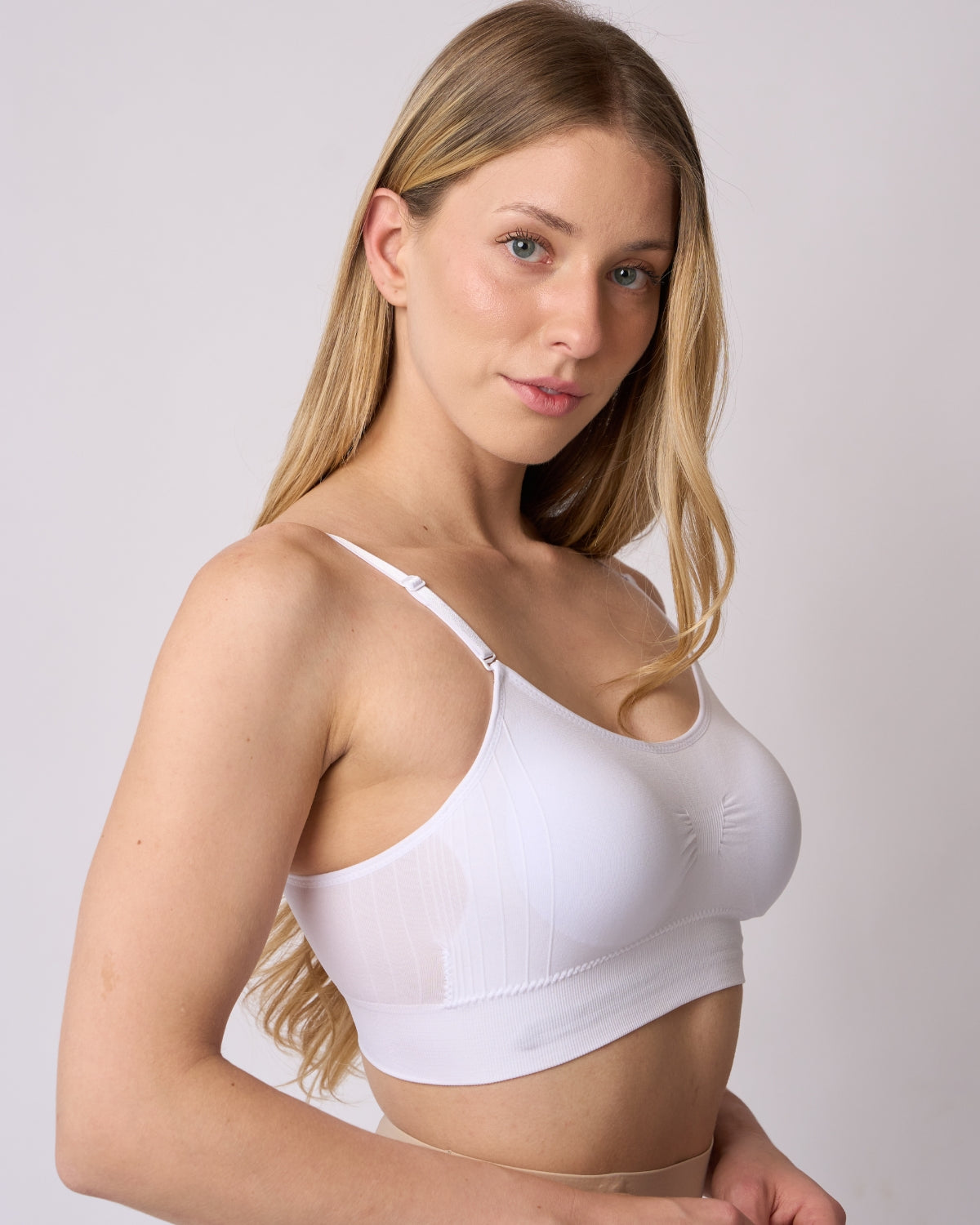
Leave a comment
This site is protected by hCaptcha and the hCaptcha Privacy Policy and Terms of Service apply.